Plug-in solar panel: the simple and cost-effective solution

Interested in a practical and economical energy alternative? Discover the plug-in solar kit. With an easy and secure plug-in solar panel installation, you can generate clean energy without any hassle. You will reduce your energy costs by taking advantage of the cost-effectiveness of plug-in solar panels and contribute to preserving the environment. How do plug-in solar panels work? All you need to know is explained in this article.
What is a Plug-in solar panel?
Plug-in solar panels are a simplified and accessible solution for anyone who wants to start consuming their own solar energy. These plug-in solar kits are designed for quick and easy installation, requiring no technical expertise. They work by capturing sunlight using photovoltaic cells and then converting this energy into usable electricity thanks to their integrated micro-inverter. This ease of use and installation makes plug-in solar panels an attractive option for those seeking both convenience and cost-effectiveness in their transition to clean energy.
How does a plug-in solar panel work?
Plug-in solar panels operate using simple and efficient technology: photovoltaic cells capture sunlight, converting solar energy into electricity. This electricity is then processed by the micro-inverter integrated into the plug-in solar kit, allowing it to be fed directly into the domestic electricity grid. This ease of operation makes plug-in solar panels a very attractive option for those looking for a sustainable and hassle-free energy solution. Furthermore, these systems offer several advantages, including simplified installation, reduced maintenance and the potential for substantial savings on electricity bills.
How to install plug-in solar panels?
The installation of plug-in solar panels is remarkably simple and accessible to everyone. To begin, unpack the plug-in solar kit and familiarise yourself with its components: the solar panel, the frame on which it will be mounted, and the concrete ballast to ensure its stability. Next, mount the solar panel on the frame and ballast it correctly to ensure it is securely fastened. Once this step is complete, it is essential to find the ideal location to maximise electricity production.
For a successful plug-in solar panel installation, make sure you meet three essential conditions: have a power outlet nearby, have an available surface area of approximately 2 m² for the solar panels, and choose a location with good sunlight exposure. Ideally, orient the panels southwards and tilt them between 30 and 35 degrees from the horizon to optimise their efficiency. Also, be sure to avoid any shaded areas that could reduce electricity production.
To ensure the safety and proper functioning of your installation, make sure your plug-in solar panel is securely fastened. If you choose to install it on an elevated surface or at height, use appropriate mounting systems to withstand weather conditions, particularly wind. Furthermore, if you install your panels on the ground, ensure that they are securely attached to the metal support or ballast tray provided. By following these recommendations, you can enjoy your plug-in solar energy system safely and efficiently.
The advantages of the plug-in solar kit
Plug-in technology offers a multitude of advantages that make it attractive to users keen to produce their own green energy. A plug-in solar panel can be installed in less than 15 minutes, without the need for any special skills. Simply plug it into a standard power socket, and you're done. What's more, the system is operational as soon as it is plugged in, allowing for immediate green electricity production and quickly reducing electricity bills.
Apart from being easy to use and quick to install, plug-in solar panels offer great flexibility in terms of installation. With a footprint of just 2m², they can be installed on various surfaces such as balconies, terraces or shed roofs. What's more, its compact size and portability make it easy to move around, ideal for users who move frequently or want to optimise their exposure to the sun. The modularity of these panels also makes it easy to add additional units to meet growing energy needs.
Finally, a significant advantage of plug-in solar kits is their affordability compared to traditional solar installations. With competitive prices and the option of self-installation, users can make significant savings on professional installation costs. These combined advantages make plug-in solar panels an attractive solution for those looking to adopt an accessible and convenient renewable energy source.
Self-consumption of solar energy becomes easy with the Zendure SolarFlow 800. If equipped with 430W Bi-Facial Solar Panels, it enables more efficient electricity production and greater economic benefits. Here are some of its features:
- Optimised Power Generation and Storage – Featuring a 1200W (2 × 600W) MPPT controller, the system maximises solar power generation.
- High Efficiency from Dawn to Dusk – With a low starting voltage of just 14V (compared to the usual 18V), SolarFlow 800 captures 10–20% more energy throughout the day.
- Built to Last – Backed by a 12-year warranty and IP67 waterproof rating.
Tip : If you want to take your solar investment further -- store more surplus energy and increase your self-consumption -- the Zendure SolarFlow 800 pairs perfectly with the AB2000X/AB2000S/AB2000 battery. Here are the extra advantages :
- Efficient 48V Battery System – Reduces energy loss by 25% compared to 16V batteries. Its DC-coupled design improves energy efficiency by 10% over traditional AC-coupled systems — saving more while keeping setup simple.
- Smarter Energy Management – Take advantage of time-of-use tariffs by charging when rates are low and powering your home when prices rise.
The disadvantages of plug-in solar kits
Although plug-in solar kits offer many advantages in terms of ease of installation and use, they also have some drawbacks to consider. One of the main disadvantages is the inability to sell surplus electricity back to the grid. Because the system is typically connected directly to a standard electrical socket, it cannot take advantage of feed-in tariffs or grid buyback schemes. As a result, users miss out on potential income from selling excess solar energy, which limits the system’s long-term profitability.
Another major disadvantage concerns the power output of these kits. Their capacity is generally capped at around 1,600 Wp—equivalent to about four solar panels—due to safety constraints associated with the maximum load recommended for a standard 16A electrical outlet. To conclude, although plug-and-play solar kits offer a practical solution for green energy self-consumption, it is important to consider these drawbacks before making a purchase decision.
Plug-in solar panel profitability
The profitability of plug-in solar panels depends mainly on the initial purchase price and the capacity for self-consumption of the electricity produced.
It is important to note that the profitability of plug-in solar panels can vary depending on several factors, including the rate of self-consumption and the price of energy on the grid. Although plug-in solar kits offer relatively equivalent profitability in the early years, choosing the most profitable system depends on criteria such as annual production, component reliability and manufacturer warranties.
In order to maximise profitability, it is recommended to choose high-quality systems with reliable production measurement and renowned components. By investing in expert and recognised brands, users can guarantee the long-term durability of their plug-in solar panel installation, thus ensuring significant savings on their electricity bills throughout the installation's lifetime.
How can the production of plug-in solar panels be optimised?
To maximise the output of your plug-in solar panel, several factors must be taken into account. First, the orientation of the panels is of crucial importance. Choose a south, south-east or south-west orientation to benefit from optimal annual output. A south-facing orientation allows for increased output throughout the year, but an east-west orientation can also be useful for extending the daily output range.
Next, the angle of the panels plays a key role in their performance. Ideally, set the angle between 30 and 35 degrees to optimise sunlight reception throughout the year. This will achieve better efficiency, especially in winter when production is lower.
Finally, to ensure efficient and safe production, it is crucial to avoid certain pitfalls. Choose high-quality panels, such as those with monocrystalline cells, to guarantee optimal performance and a longer lifespan. Also, carefully follow the installation instructions to avoid any alteration in energy production and ensure the safety of your system.
FAQ on plug-in solar panels
Q1: Can tenants install plug-in solar kits?
The UK government is showing positive attitude toward the installation of plug-in solar kits, with new legislation currently in progress to simplify and encourage their adoption. Once approved, these systems will become even more accessible — whether you have a terrace, balcony, or small outdoor space, you’ll be able to easily install plug-in solar panels to lower your electricity bills and embrace greener energy. Plus, they’re fully removable, so if you ever move, you can take your solar investment with you.
Q2: How do plug-in solar kits work?
Installing a plug-in solar kit is incredibly simple. The solar panel plugs directly into a standard power socket. Featuring a built-in micro-inverter, the panel converts solar radiation into direct current, then into alternating current, ready to be used by your household appliances. This plug-in technology allows for user-friendly and immediate use of solar energy.
Q3: Are plug-in solar kits eligible for government subsidies?
Unfortunately, no. Plug-in solar kits, although convenient and economical, do not meet this requirement and are therefore not eligible for government subsidies.
Conclusion
In this article, we have explored in detail the advantages of plug-in solar panels, a simple and cost-effective solution for producing clean energy. With easy and secure installation, these kits offer a practical alternative for reducing energy costs and contributing to environmental preservation. Thanks to their intuitive operation and quick installation, plug-in solar panels are accessible to everyone, whether they are homeowners or tenants. However, it is important to note that these kits are not eligible for government subsidies, which may be a financial barrier for some. Nevertheless, by choosing quality brands, users can benefit from a comprehensive and affordable solution for their solar energy self-consumption. Opt for clean and accessible energy today with the Zendure plug-in solar kit for self-consumption, which combines all the advantages of plug-in at an affordable price and is recommended in plug-in solar panel reviews.














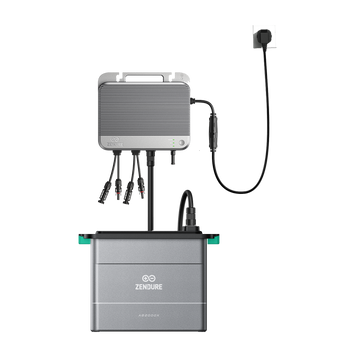
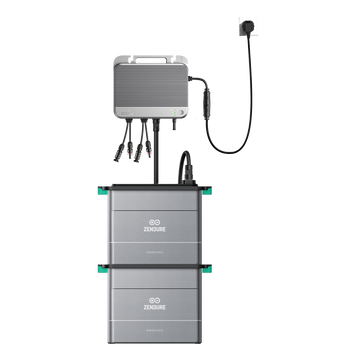

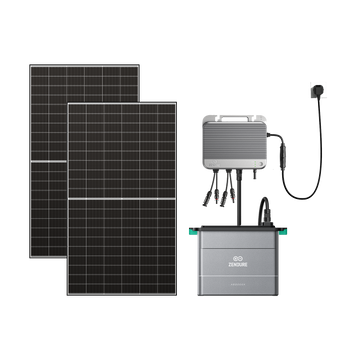



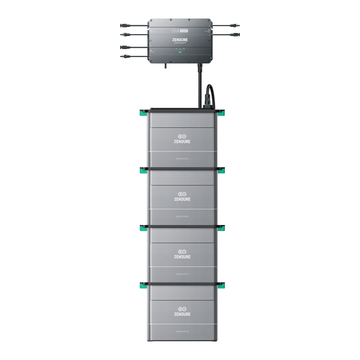
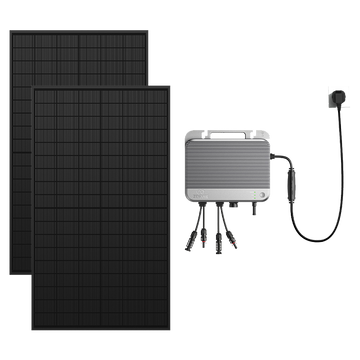
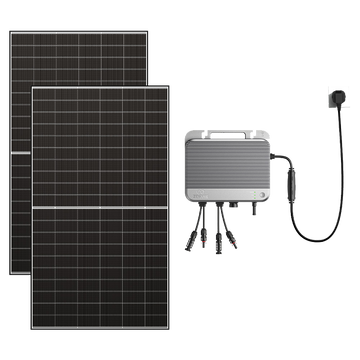
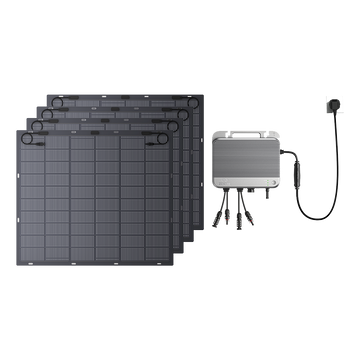


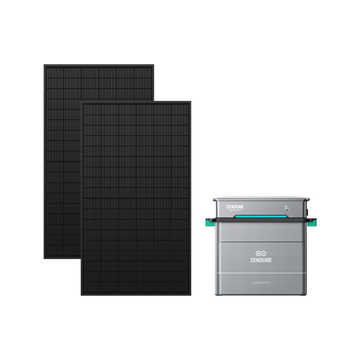

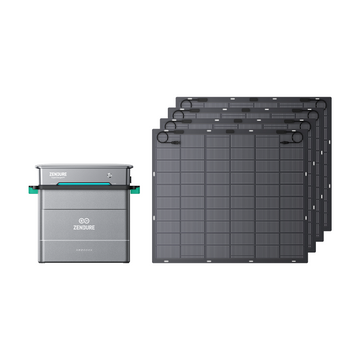


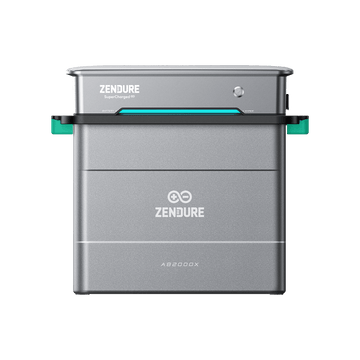

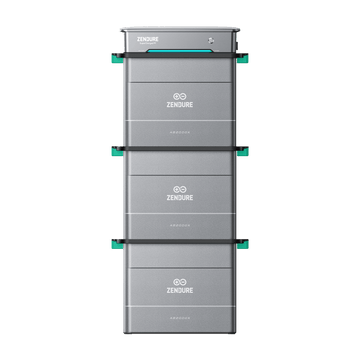


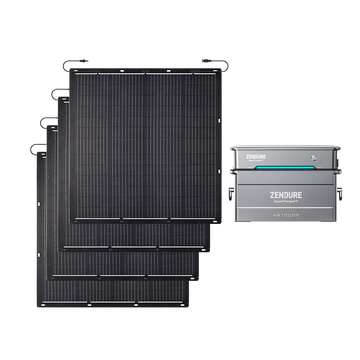


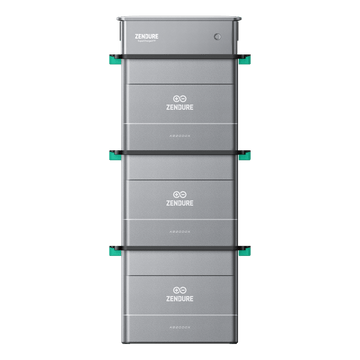
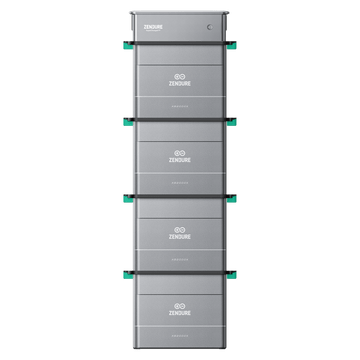

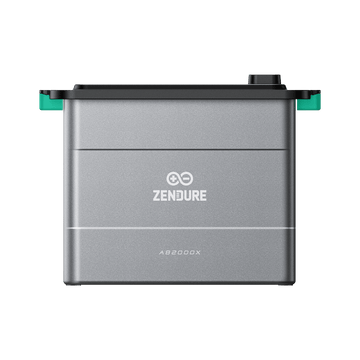

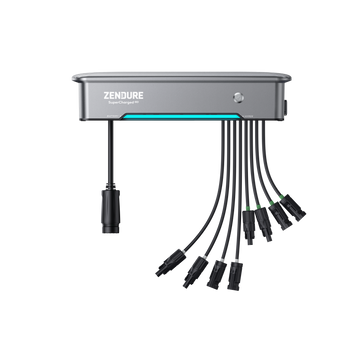


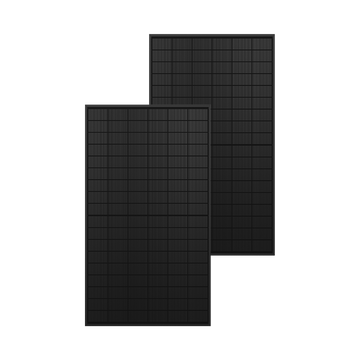



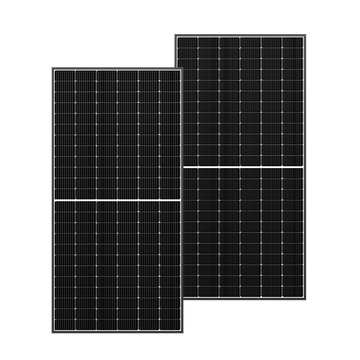

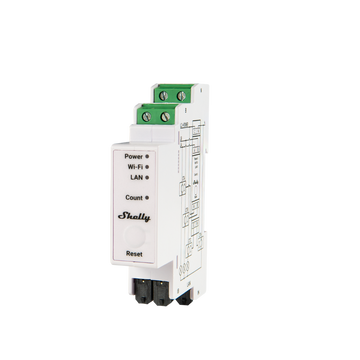


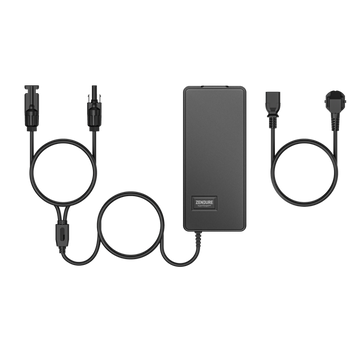
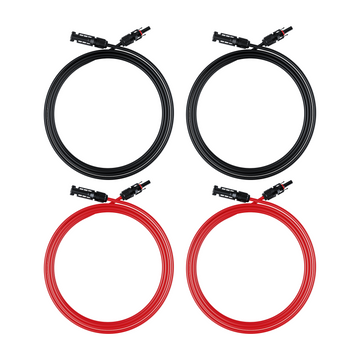


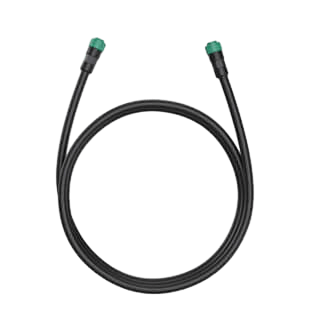
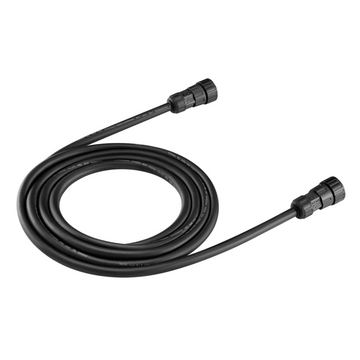
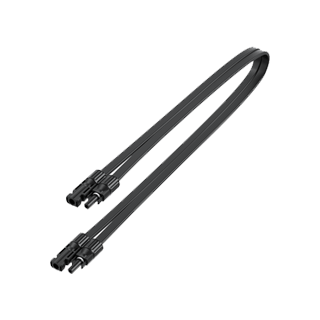
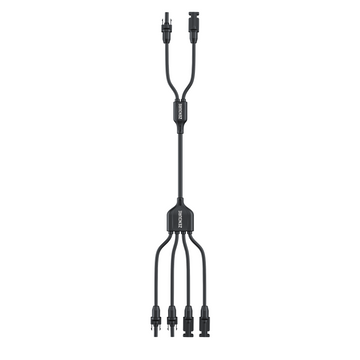
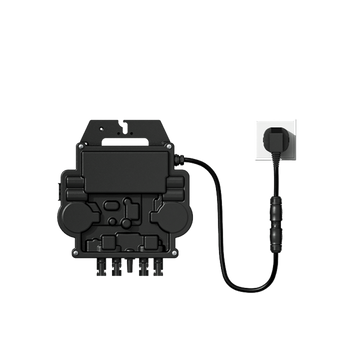
















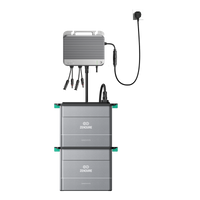



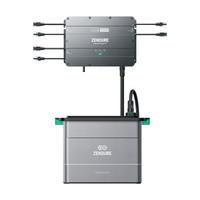
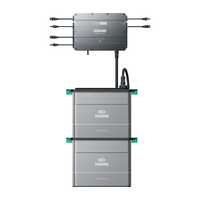
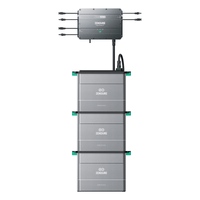
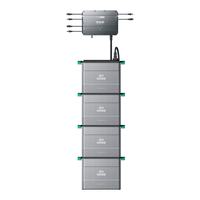


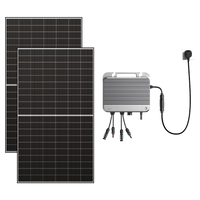
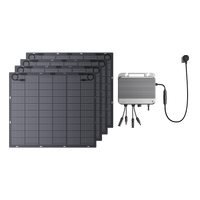




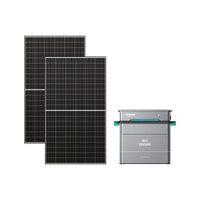
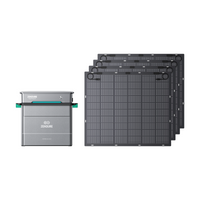
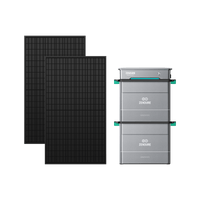
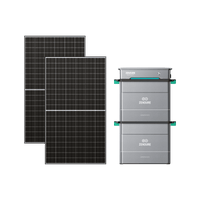

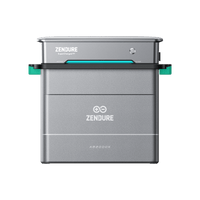
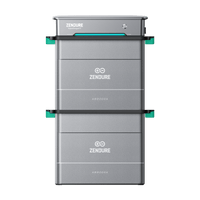
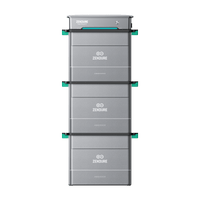


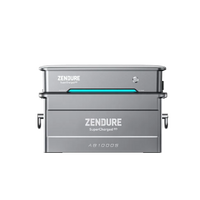
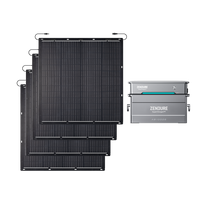



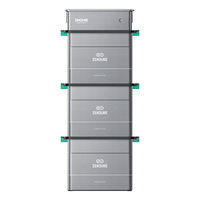
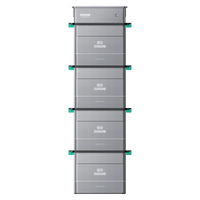

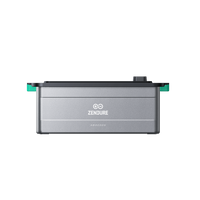


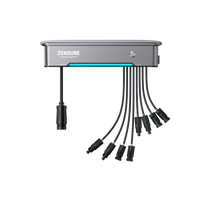

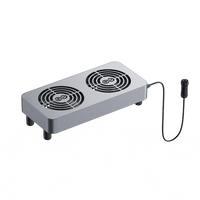
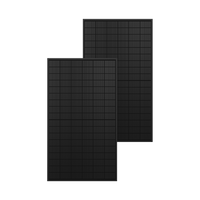


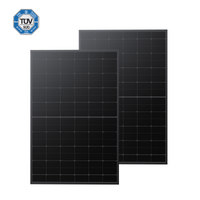


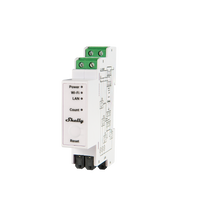


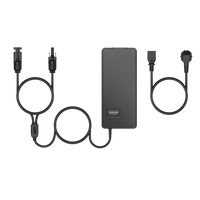

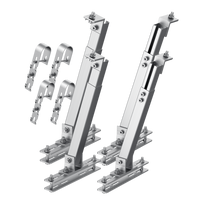
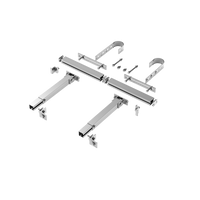
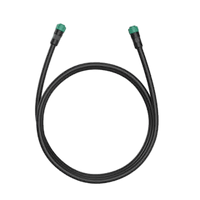
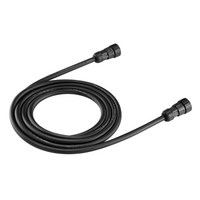
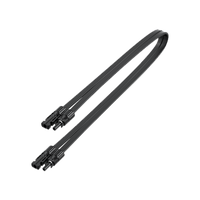
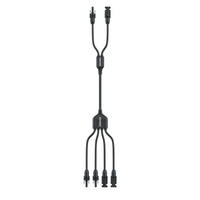
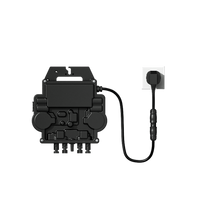




Leave a comment